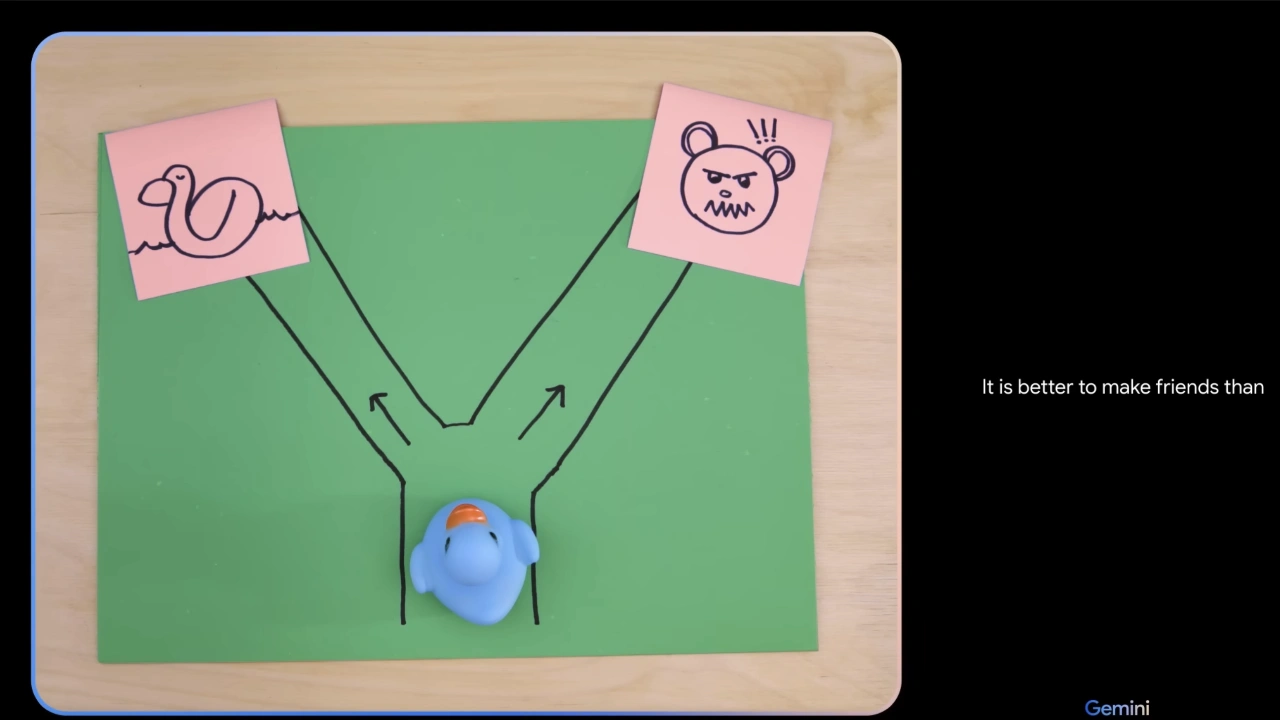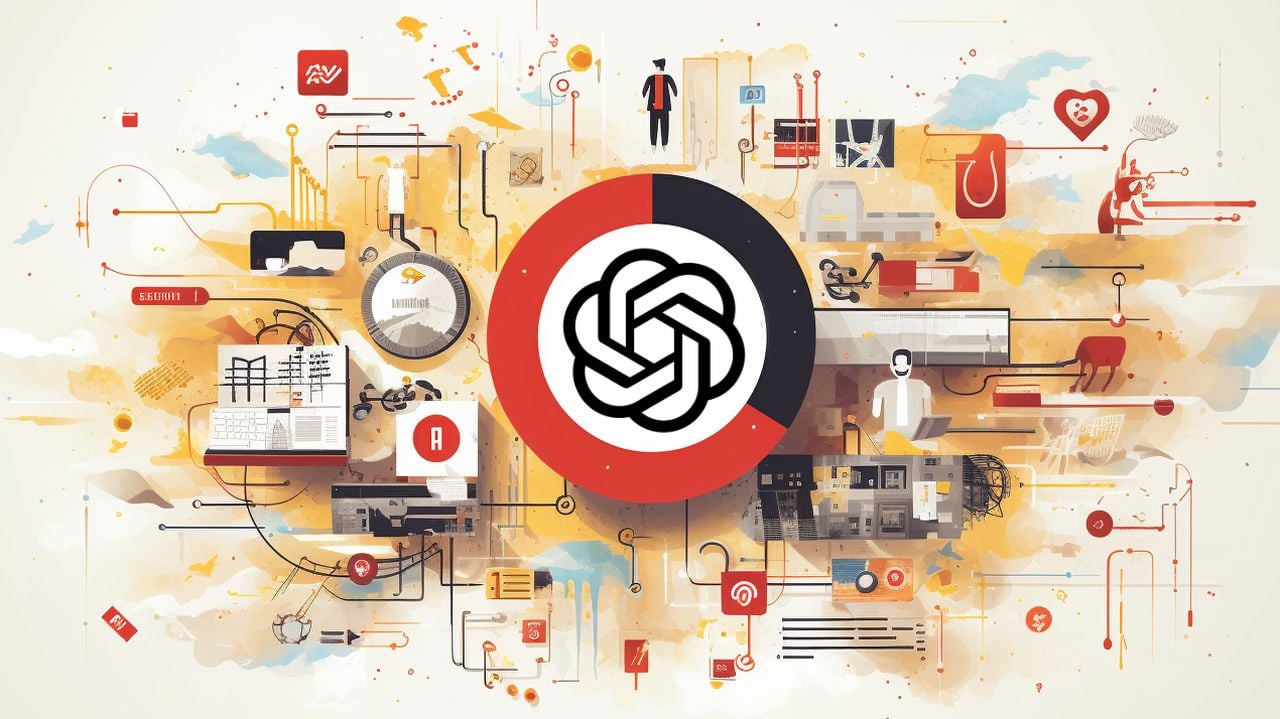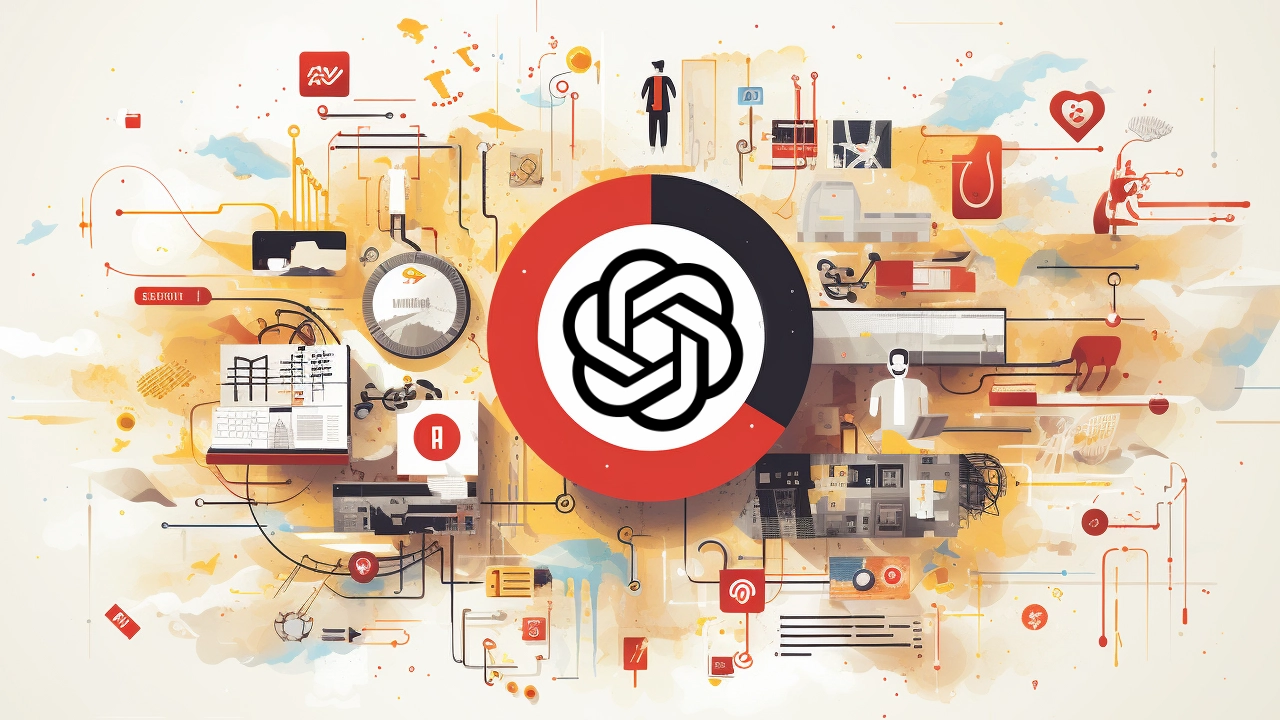
Deploying a custom language model (LLM) can be a complex task that requires careful planning and execution. For those looking to serve a broad user base, the infrastructure you choose is critical. This guide will walk you through the process of setting up a GPU server, selecting the right API software for text generation, and ensuring that communication is managed effectively. We aim to provide a clear and concise overview that balances simplicity with the necessary technical details.
When embarking on this journey, the first thing you need to do is select a suitable GPU server. This choice is crucial as it will determine the performance and efficiency of your language model. You can either purchase or lease a server from platforms like RunPod or Vast AI, which offer a range of options. It’s important to consider factors such as GPU memory size, computational speed, and memory bandwidth. These elements will have a direct impact on how well your model performs. You must weigh the cost against the specific requirements of your LLM to find a solution that is both effective and economical.
After securing your server, the next step is to deploy API software that will operate your model and handle requests. Hugging Face and VM are two popular platforms that support text generation inference. These platforms are designed to help you manage API calls and organize the flow of messages, which is essential for maintaining a smooth operation.
How to set up a GPU servers for AI models
Here are some other articles you may find of interest on the subject of artificial intelligence and AI models:
Efficient communication management is another critical aspect of deploying your LLM. You should choose software that can handle function calls effectively and offers the flexibility of creating custom endpoints to meet unique customer needs. This approach will ensure that your operations run without a hitch and that your users enjoy a seamless experience.
As you delve into the options for GPU servers and API software, it’s important to consider both the initial setup costs and the potential for long-term performance benefits. Depending on your situation, you may need to employ advanced inference techniques and quantization methods. These are particularly useful when working with larger models or when your GPU resources are limited.
Quantization techniques can help you fit larger models onto smaller GPUs. Methods like on-the-fly quantization or using pre-quantized models allow you to reduce the size of your model without significantly impacting its performance. This underscores the importance of understanding the capabilities of your GPU and how to make the most of them.
For those seeking a simpler deployment process, consider using Docker images and one-click templates. These tools can greatly simplify the process of getting your custom LLM up and running.
Another key metric to keep an eye on is your server’s ability to handle multiple API calls concurrently. A well-configured server should be able to process several requests at the same time without any delay. Custom endpoints can also help you fine-tune your system’s handling of function calls, allowing you to cater to specific tasks or customer requirements.
Things to consider when setting up a GPU server for AI models
- Choice of Hardware (GPU Server):
- Specialized hardware like GPUs or TPUs is often used for faster performance.
- Consider factors like GPU memory size, computational speed, and memory bandwidth.
- Cloud providers offer scalable GPU options for running LLMs.
- Cost-effective cloud servers include Lambda, CoreWeave, and Runpod.
- Larger models may need to be split across multiple multi-GPU servers.
- Performance Optimization:
- The LLM processing should fit into the GPU VRAM.
- NVIDIA GPUs offer scalable options in terms of Tensor cores and GPU VRAM.
- Server Configuration:
- GPU servers can be configured for various applications including LLMs and Natural Language Recognition.
- Challenges with Large Models:
- GPU memory capacity can be a limitation for large models.
- Large models often require multiple GPUs or multi-GPU servers.
- Cost Considerations:
- Costs include GPU servers and management head nodes (CPU servers to coordinate all the GPU servers).
- Using lower precision in models can reduce the space they take up in GPU memory.
- Deployment Strategy:
- Decide between cloud-based or local server deployment.
- Consider scalability, cost efficiency, ease of use, and data privacy.
- Cloud platforms offer scalability, cost efficiency, and ease of use but may have limitations in terms of control and privacy.
- Pros and Cons of Cloud vs. Local Deployment:
- Cloud Deployment:
- Offers scalability, cost efficiency, ease of use, managed services, and access to pre-trained models.
- May have issues with control, privacy, and vendor lock-in.
- Local Deployment:
- Offers more control, potentially lower costs, reduced latency, and greater privacy.
- Challenges include higher upfront costs, complexity, limited scalability, availability, and access to pre-trained models.
- Cloud Deployment:
- Additional Factors to Consider:
- Scalability needs: Number of users and models to run.
- Data privacy and security requirements.
- Budget constraints.
- Technical skill level and team size.
- Need for latest models and predictability of costs.
- Vendor lock-in issues and network latency tolerance.
Setting up a custom LLM involves a series of strategic decisions regarding GPU servers, API management, and communication software. By focusing on these choices and considering advanced techniques and quantization options, you can create a setup that is optimized for both cost efficiency and high performance. With the right tools and a solid understanding of the technical aspects, you’ll be well-prepared to deliver your custom LLM to a diverse range of users.
Filed Under: Guides, Top News
Latest timeswonderful Deals
Disclosure: Some of our articles include affiliate links. If you buy something through one of these links, timeswonderful may earn an affiliate commission. Learn about our Disclosure Policy.



















